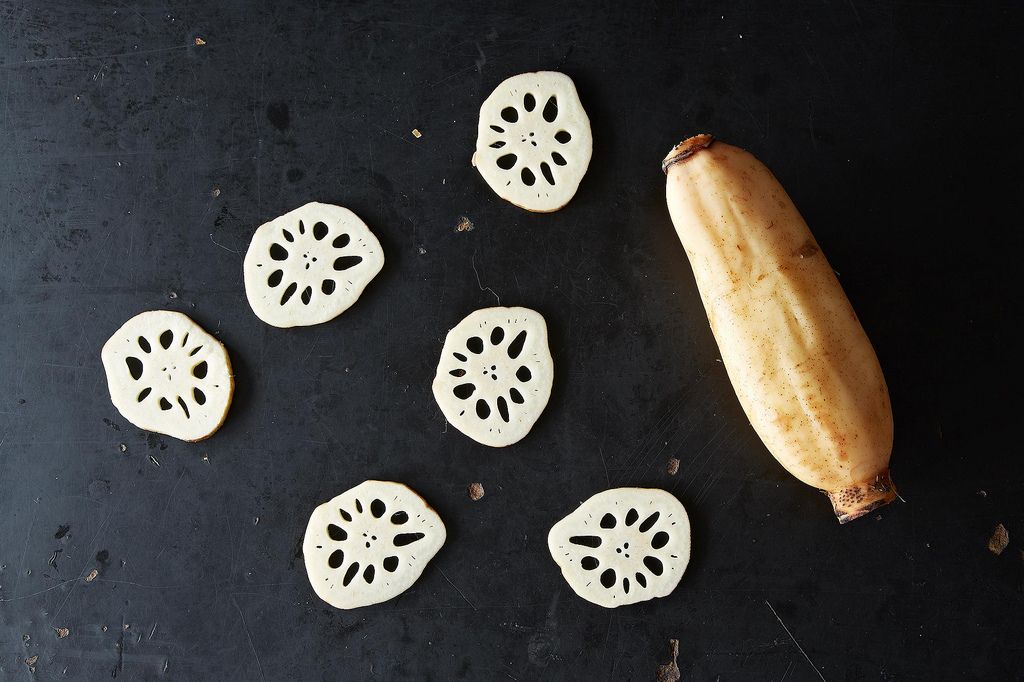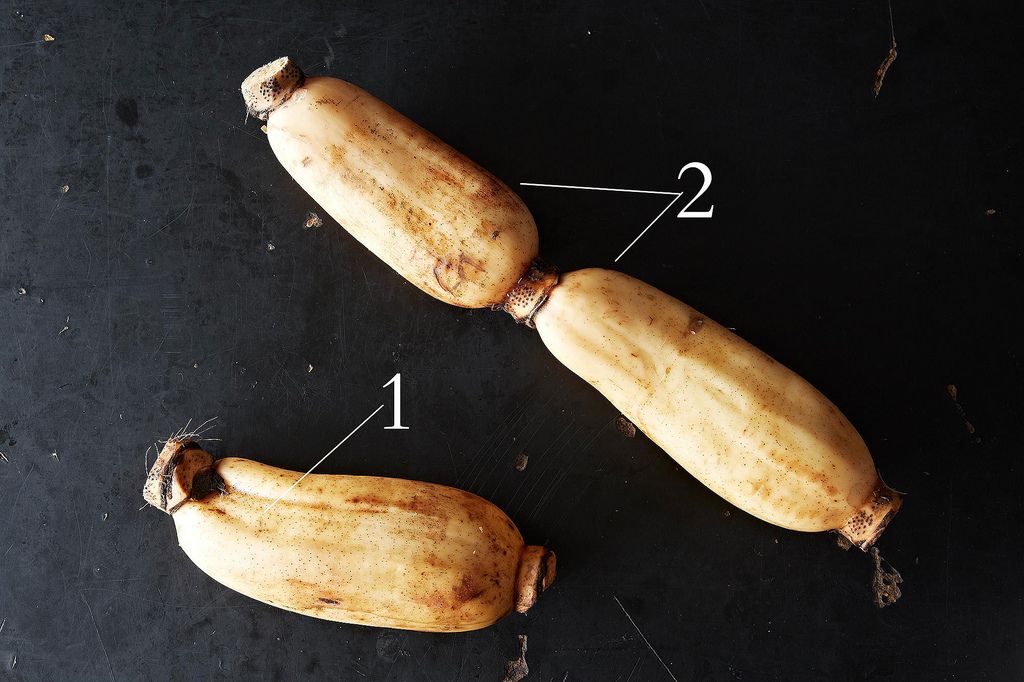Popular on Food52
Continue After Advertisement
6 Comments
john
October 31, 2018
There is nothing written here about boiling it before use. Fresh lotus root is NOT safe to eat without boiling the slices prior to storage (it will retain its crispness when you are ready to cook it). Because lotus root grows in the water it is very commonly infected with fluke parasites and eating it without properly cleaning the root puts you at a HIGH risk for liver and stomach flukes.
Lindsay-Jean H.
October 31, 2018
I haven't heard that warning before. Lotus root shouldn't be eaten raw, and I would blanch them before using in a salad-type dish, but otherwise, I go straight from the lemon water or vinegar bath to whatever other cooking method I'm using.
Das_Muller
December 15, 2013
This tasty root is most commonly enjoyed in a savory soup, with large bones, and dates.
YenWhite
December 14, 2013
when i am lucky enough to find it at the asian grocery store here in Missouri, i cook it long and slow with pork neck bones and dried cuttlefish to make a soup that brings me back home to Singapore.




See what other Food52 readers are saying.